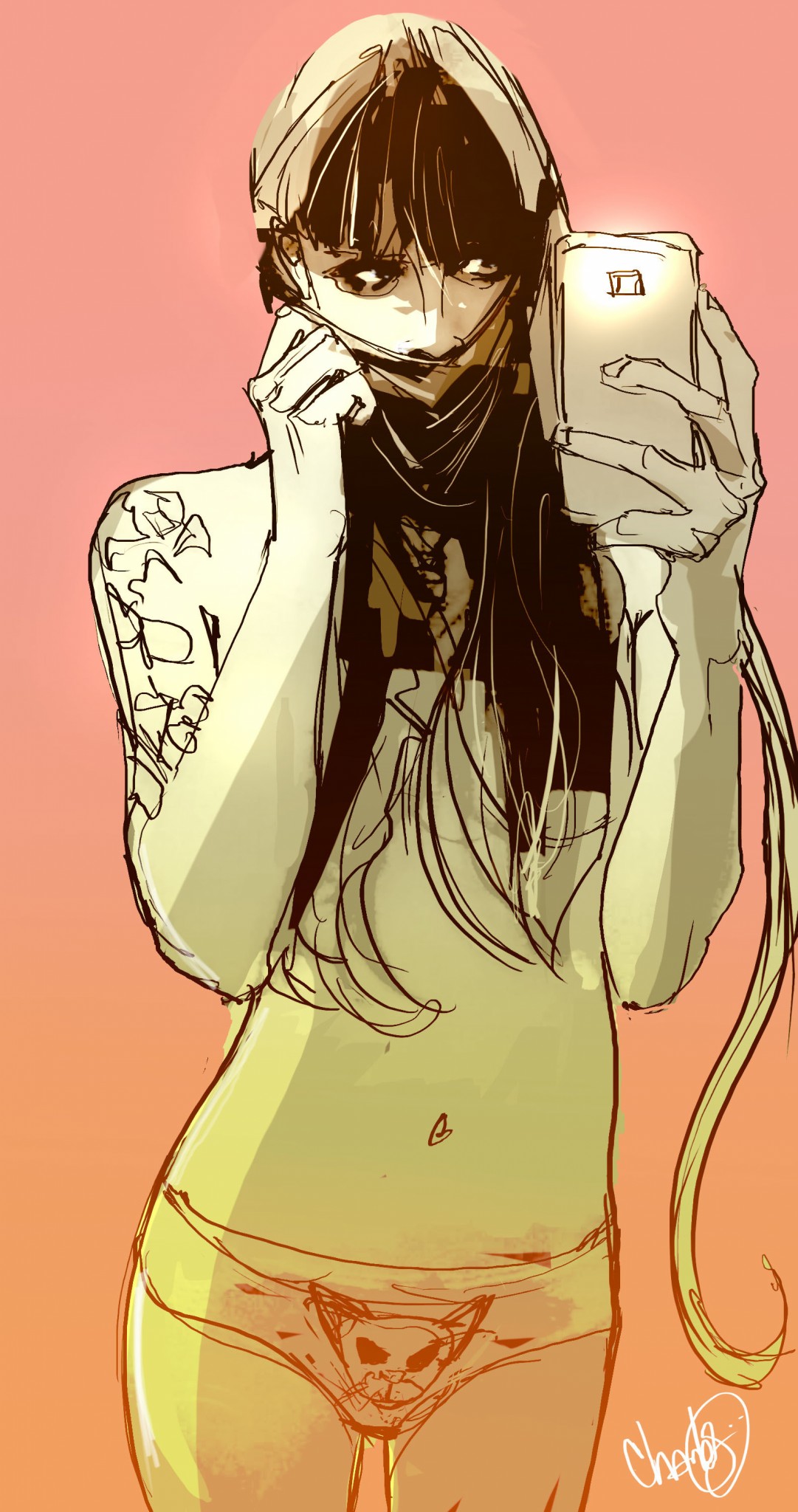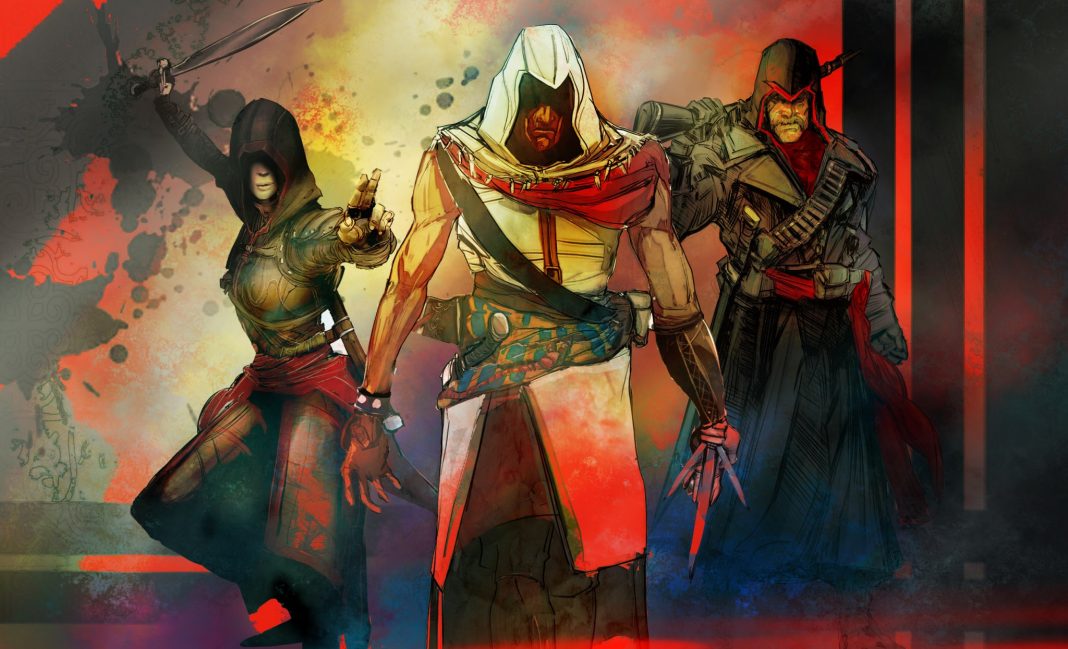With film credits as diverse as Captain America, CHIPS, Teenage Mutant Ninja Turtles and The Chronicles of Riddick; TV credits including Breaking Bad, True Blood, Louie on FX; and countless commercials, music videos and video games such as Assassin’s Creed, CHARLES RATTERAY has become one of the most in-demand storyboard artists of the last decade. Known for his dramatic graphic style and artistic vision to burn, we were happy to have Charles share his thoughts with us on the ever-evolving storyboard industry; past, present and future.
When did you realize your life’s calling was as an artist and what path lead you to storyboarding? I always liked art from a very little age. I liked developing the ability to fashion something out of nothing. The rawness of creation. I was always fond of this description of an artist by Robert Henri:

“Art, when fully understood, is the province of every human being.
It is simply a question of doing things, anything, well. It is not an
outside extra thing.
When the artist is alive in any person, whatever his kind of work
may be, he becomes an inventive, searching, daring, self-
expressing creature. He becomes interesting to other people. He
disturbs, upsets, enlightens, and he opens ways for a better understanding. Where those who are not artists are trying to close
the book, he opens it; shows there are still more pages possible.
The world would stagnate without him, and the world would be beautiful with him; for he is interesting to himself and he is interesting to others. He does not have to be a painter or
sculptor to be an artist. He can work in any medium. He simply has to find the gain in the work itself, not outside it.”
I found my way to storyboarding after my time spent at the practical FX studio formally known as Stan Winston Studio. I had entered into the art realm professionally as an intern who was later hired based off of a strong work ethic. At that time, I was mainly interested in character designing. I quickly realized that in order to become a working freelance artist in TV and film, I needed to develop additional abilities. Necessity encouraged my interest in storytelling and other layered aspects of design and filmmaking techniques.

“There is always that ‘aha’ moment when you actually see something that was abstract-at-first materialize right in front of you.”
You have a film background and directing aspirations. Do you view storyboarding as a means to an end…or the end in itself? Storyboarding is such a vital visual element. It just makes communicating complex thoughts or written ideas easy to be visually consumed and understood by anyone. There is always that “aha” moment when you actually see something that was abstract-at-first materialize right in front of you.
When dealing with film or art directors, do you consider yourself more of a creative collaborator or a storyboard journeyman? When I engage in a project, I usually approach with the mindset of a collaborator. Every artist has such a unique perspective and way of looking at the world. I like to bring that mindset into each project. The basic rules and workings of filmmaking and story progression are always the same, but the way each artist chooses to realize those principles is what really lights an approach on fire.
 Throughout your career, you’ve maintained a strong social media presence. How important is it for an artist to promote himself and what venues would you recommend for this? Self-promotion is a key ingredient to forward momentum in this business, whether you are a freelancer or locked into a permanent position at a studio. Exposure, Exposure, Exposure. It allows one’s art to be clearly understood by clients and art creatives, showing how it can enhance their projects like no other.
Throughout your career, you’ve maintained a strong social media presence. How important is it for an artist to promote himself and what venues would you recommend for this? Self-promotion is a key ingredient to forward momentum in this business, whether you are a freelancer or locked into a permanent position at a studio. Exposure, Exposure, Exposure. It allows one’s art to be clearly understood by clients and art creatives, showing how it can enhance their projects like no other.
Word of mouth, social media, hitting the streets, and working with local venues catering to the arts are other paths to take as well. Facebook, Instagram, Snapchat, ConceptArt.org, ArtStation, Twitter, DeviantArt and personal websites. All of these are excellent choices to getting yourself out there and promoting awareness.
What tricks have you learned over the years for managing your time on large quantity assignments with a tight deadline? Do you have different styles demanding on each job’s changing parameters and requirements? For large assignments, thumbnailing and reference gathering are key for me.
Being able to see the scope of possible design and storytelling at a glance is the most helpful. Thumbnailing is super valuable to time management. Knowing what to draw is harder than actually drawing it. The thumbnail and quick sketch process helps to zero in to a manageable idea and story sequence. It facilitates obtaining feedback from the client fairly quickly. Stick figures and shapes can sometimes be enough to talk through an idea with a director or art creative. Reference gathering is also a key part to the creative process. They offer wonderful creative jump points and talking markers.
Do you work differently for advertising storyboards versus film storyboards? What are the major differences between these two fields? Advertising frames usually require more rendering and artistic personality and punch, requiring fewer frames. Conversely, with film projects, the focus can lean more so to shooting boards, which has a significantly higher frame count, sometimes requiring hundreds of frames per workweek. Here, standard and creative shot setups and camera moves can become paramount over visual style. The storyboards can be pretty loose as long as they are legible and the action is clear. Advertising is usually focused on “selling an idea” and so the visual style comes more into play than all the other things. It has to look good and fit into the visual theme of the product.
 What would you consider your most memorable projects? My most memorable projects are the ones in which I am given a lot of creative freedom to tell the story, making it much more collaborative creating cool shots and moments. I love when I am on projects lasting more than a few weeks. In this, I am able to get in a nice groove. It gives a deeper opportunity to familiarize myself with the project, and I am closer to the director’s artistic vision.
What would you consider your most memorable projects? My most memorable projects are the ones in which I am given a lot of creative freedom to tell the story, making it much more collaborative creating cool shots and moments. I love when I am on projects lasting more than a few weeks. In this, I am able to get in a nice groove. It gives a deeper opportunity to familiarize myself with the project, and I am closer to the director’s artistic vision.
Without burning bridges, are there any war stories you care to mention and what did you learn from that encounter? Communication of needs becomes really key to a successful project outcome. The willingness of both parties to engage in this respectfully, weighs in on much of the success of the final artwork.
In addition to your storyboard and concept design work, you create personal art through a number of different graphic mediums. Will you tell us about some of these? Do these outlets help you become a better storyboard artist? Or are they more a creative release? I keep a sketchbook for personal art. Actually, I really like using a ream of copy paper to cycle through written and sketch ideas. It helps keep everything less-than-precious. I’ve kept actual sketchbooks but found that I then end up really concerning myself with perfection and keeping everything too tightly controlled.

You’re known for having a very dramatic visual style. Who were your major influences? What films influenced your graphic style? Some of my influences are H.R Geiger, Frank Frazetta, Japanese Animation, Art Deco and Art Nouveau (the flow of abstract style and shapes), Alien, Blade Runner, Legend and Dark Crystal. I watch and study films, cable series and shows all the time. I’m really into cable shows more so these days for their handling of character and story arcs.
What would you say are the biggest challenges facing storyboard artists today?Staying current with the storytelling techniques that are being used now and having a firm grasp on the foundational conventions that are tried and tested. To be able to do storyboards well, many technical skills are required to be able to be expressed quickly and correctly. As a storyboard artist, you are like this grand orchestra that needs to be in sync to express visual poetry.
Finally, if given a choice, which director would you most like to work with? I enjoy working with directors that are passionate about their visions. It is always a good match up and recipe for some stellar work to be produced.
Click HERE to check out more of Charles Ratteray’s work.














